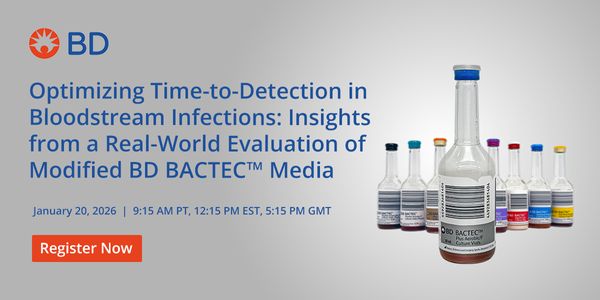HbA1c Testing in Practice: Challenges and Opportunities in Point-of-Care and Laboratory Settings
Accurate diagnosis and effective management of diabetes are essential for optimizing patient outcomes and preventing complications. Hemoglobin A1c (HbA1c) testing plays a central role in assessing and monitoring glycemic control. However, selecting the appropriate testing method and interpreting results can be complex. This requires an understanding of the clinical significance of HbA1c in various patient care settings, as well as a deep knowledge of not only the advantages and limitations of different methodologies, but also the analytical and clinical impact of hemoglobin variants. While laboratory-based HbA1c testing is considered the gold standard for establishing diagnosis of diabetes, point-of-care (POC) HbA1c testing offers distinct advantages in outpatient settings due to its rapid turnaround time, making it valuable for both diabetes screening and treatment management.
This presentation will review the limitations of several major methodologies commonly used for HbA1c measurement. Using real-life case studies, it will explore the challenges to accurate HbA1c assessment, and the discrepancies observed across different methods, which may arise from analytical or pathophysiological factors—or both. The clinical utility of laboratory-based versus POC HbA1c testing will be compared, highlighting the role of reflex algorithms, automated processes, and data analytics in enhancing testing accuracy and efficiency.
Learning Objectives:
1. Describe various HbA1c measurement methods used in central laboratories and point-of-care (POC) settings
2. Identify analytical and clinical limitations of HbA1c measurement related to method type and hemoglobin variants
3. Compare the clinical utility of laboratory-based versus point-of-care HbA1c testing






